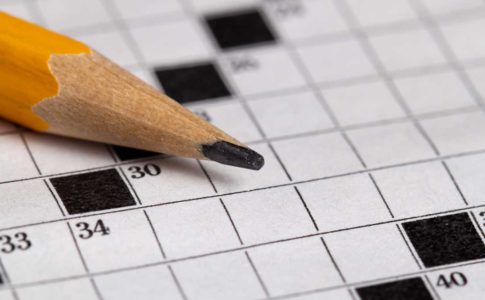At a recent International Trumpet Guild conference, some participants had the opportunity to eavesdrop on Sergei Nakariakov as he practiced. He is one of the finest trumpet players on the planet; indeed he may be one of the best who has ever lived. Although he can produce a technical firestorm, articulating notes at the speed of light, in the practice room everything was played slowly and carefully, striving for perfection on every note.
This illustrates an old expression: Practice doesn’t make perfect; perfect practice makes perfect. The body learns through repetition. When you teach your body to do something correctly, that’s what it tends to do. If you allow it to adopt bad or sloppy habits, the end result will be just that.
In the Basket
Here’s an analogy: Two basketball players stand beside a pile of basketballs. Player 1 throws as many balls as possible, as quickly as possible. Out of 100 shots, 50 of them go into the basket (probably a generous prediction). Player 2 throws only 10 balls but takes time to concentrate fully on each throw. Eight of the balls go in the basket.
Who has accomplished more? Player 1, despite getting 50 balls in the basket, has established only a 50 percent accuracy rate. Player 2 has established an 80 percent accuracy rate and probably learned more from the two shots she missed than player 1 did from the 50 he missed.
Your notes are basketballs; get each one in the basket.
One Note at a Time
This is a hard concept for young musicians (and some older ones) to grasp: Practicing slowly and carefully yields the most rapid and effective results. Slow down and listen to every single note you play with a critical ear. Accept nothing less than your absolute best on every note you play; don’t let sloppiness be your trademark. If you cuff an entrance or the tone is fuzzy, take time to improve that note before you move on to the next.
Here is a recipe for perfect practicing: Practice one note at a time, and make sure every note is played to the absolute best of your ability.
About the Author
Chase Sanborn is a trumpet player and a member of the jazz faculty at the University of Toronto. He is the author of “Brass Tactics,” “Jazz Tactics,” “Tuning Tactics” and “Music Business Tactics.” Chase plays Yamaha trumpets and CS Signature Model mouthpieces from GR Technologies. For more information about Chase, visit www.chasesanborn.com.


